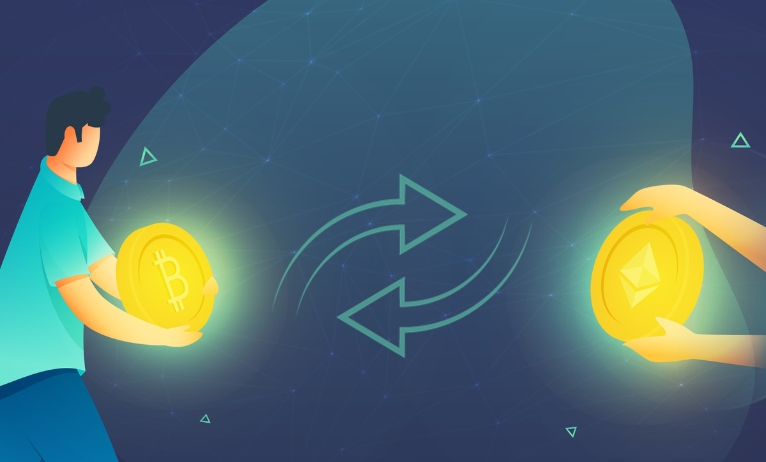Bitcoin Spark (BTCS) is undoubtedly gaining significant traction in the crypto market as it sees record levels of Ethereum (ETH) being swapped for BTCS.
What is Ethereum?
Ethereum is a decentralized blockchain platform that was introduced in 2015 by a team of developers led by Vitalik Buterin. Ethereum’s main innovation lies in its ability to support the creation of smart contracts, which enable developers to build and deploy a wide range of blockchain-based applications and services. Its native cryptocurrency, Ether (ETH), is used as a means of exchange and to facilitate the execution of smart contracts.
What are smart contracts?
Unlike traditional contracts that rely on intermediaries like lawyers or notaries, smart contracts are contracts with the terms directly written into code, which automate execution when predefined conditions are met. These digital agreements operate on blockchain technology, ensuring transparency and trust among the parties involved. They also reduce costs and the potential for human error.
Smart contracts have found applications in various fields, including finance, supply chain management, real estate, healthcare, gaming, and more, revolutionizing the way agreements are made and enforced.
What is Bitcoin Spark?
Bitcoin Spark is a new crypto project that seeks to solve the limitations of traditional blockchains and bring forth a new age of digital transactions.
The Bitcoin Spark network assures faster and cheaper transactions with its low block time, enhanced individual block transaction capacity, and massive number of nodes. The network also provides a more scalable infrastructure for smart contracts and decentralized applications (DApps).
It is built with a multi-layer design that includes a smart contract layer with separate contract execution systems that all reach finality on the main network. This layered design also boosts diversity by allowing the use of multiple high-level and low-level programming languages.
Bitcoin Spark is expanding its practical utility in the real world by introducing decentralized CPU and GPU rental services. The network relies on its unique consensus mechanism called Proof-of-Process (PoP), a pioneering system that offers users non-linear incentives for both block validation and contributing processing power to the network.
The non-linear rewards functionality, coupled with the network’s extensive nodes, enables it to accommodate a larger number of validators. The network’s native application will enable users to validate by permitting access to their device’s processing unit. The app will be safe, lightweight, and compatible with many operating systems, including Windows, iOS, and Android.
The validators’ contributed processing power is then rented out to organizations or individuals requiring significant computational resources, with BTCS serving as payment. The revenue generated will then be distributed among the validators.
Bitcoin Spark goes further to offer advertising services. The network’s application and website will have small spaces for ads, which will be vetted by the community to ensure credibility and decentralization. Advertisers will also pay with BTCS, and the revenue generated will be split between the network’s participants and the development team.
The Bitcoin Spark Initial Coin Offering (ICO) has attracted many investors, with crypto analysts suggesting it is a chance to buy the new Bitcoin. The ICO recently entered Phase 5, with BTCS selling at $2.50 and investors getting a 9% bonus.
Conclusion
The increasing number of Ethereum investors getting BTCS suggests there’s great potential for growth and adoption of Bitcoin Spark.
For more information on Bitcoin Spark:
Website: https://bitcoinspark.org/

